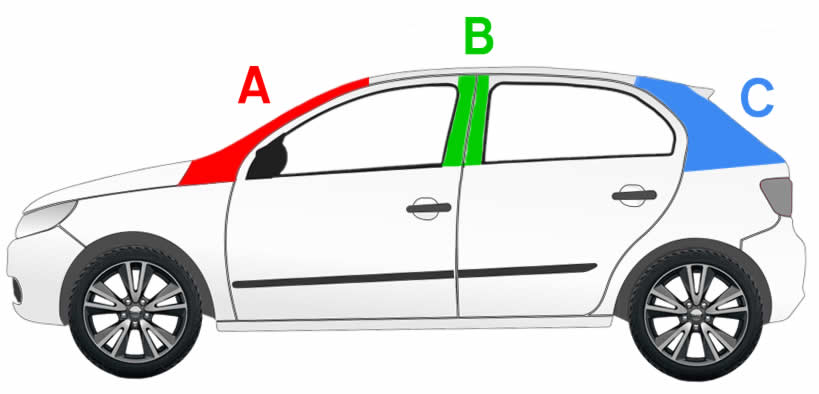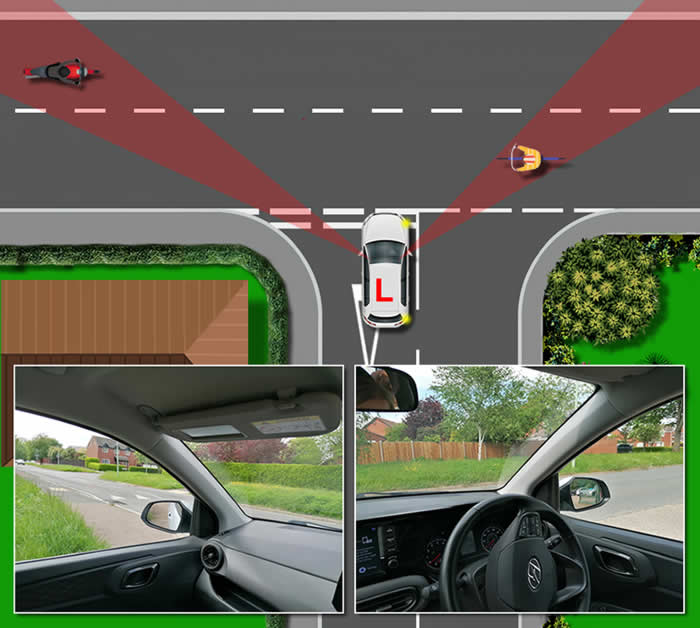When we talk about a car’s blind spots, we’re usually referring to the areas around the vehicle that cannot be seen in the mirrors. But any part of the car that obscures our view is a blind spot.
Certain areas around the vehicle have blind spots due to the vehicle’s A, B and C pillars. Put simply, these pillars connect the roof to the rest of the car and provide structural integrity to the vehicle.

A typical car will have what’s called A, B and C pillars. Longer estate cars may also have an additional D pillar. The size of the pillars depends on the vehicle and in general, the thicker the pillars, the bigger the blind spot they create.
Vehicle safety and emissions regulations have seen modern cars come with smaller windows, taller door frames and wider pillars. Whilst this improves survivability in collisions and also helps to improve aerodynamics (lower fuel consumption / reduced emissions), it hinders our ability to see what’s going on outside the vehicle.
Improved sensor technology helps to alert us of impending or actual hazards and in certain situations, safety technology may even brake the vehicle for us. But we can’t take this safety tech for granted and we still need to take effective observations.

Your car’s ‘A’ pillars located each side of the windscreen can cause blind spots at junctions. It may not seem as though too much of the road is obscured by the A pillars, but if you’re too quick to exit a junction without properly checking the road is clear, you may not notice a cyclist, a motorcyclist or even a pedestrian crossing the road due to them being obscured by an A pillar.
It’s best practice to approach a T-junction at an appropriate speed that allows for all-round effective observation. For allowing enough time to look both left and right at least twice before emerging and to move your head forward to look around the A pillar blind spots.
This has just happened to me, at an intersection so only having to look left to go straight across. Moving across and a car right coming in front of me from the left. Slammed on but still hit them. I really didn’t see the car and tried to explain to my husband who in the end said yes he’s noticed blind spot from this A pillar. Not had an accident in 34 years
Shook me up a bit.